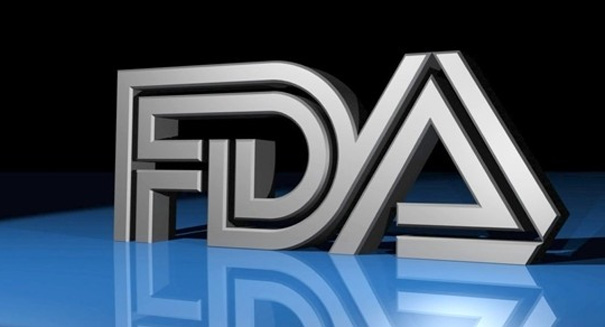
The FDA wants a major overhaul when it comes to how these labels present sugar, but the food industry is fighting back.
Those nutrition labels that tell you everything — well, almost — about the calories, fats, carbs, fiber, and many other things you’re putting in your body by eating that food are set for a major overhaul by the Food and Drug Administration — and the food and beverage industry is not happy.
The FDA hasn’t made the change yet, but they are reviewing a proposal that has proved to be controversial that would require nutrition labels to include added sugar as part of the information on it, and also the recommended consumption level of added sugar, set by the FDA at 13 teaspoons (a can of Coke has 10 teaspoons, for comparison), according to a UPI report.
To be more specific, the “Nutrition Facts” label would point out that the recommended intake of added sugar should be about 10 percent of a 2,000 calorie diet, or about 200 calories.
An FDA official says they are reviewing this change because of the advancements of the medical community that has resulted in refinements on what kind of nutritional intake the body should have, and one of those is less added sugar. As a result, it is the agency’s job to modify nutrition facts in order to better inform consumers so they can make better dietary choices — not just for themselves, but for their families.
But that’s not how the packaged food and beverage industry sees it, perhaps not surprisingly. Their argument is that these “added sugar” totals are misleading — after all, they say, added sugar has the same effect on the body as naturally occurring sugar, such as what is found in fruit, and therefore this change has no basis in scientific fact and could hammer their profits needlessly. A spokesman for the industry said they would study the change, and also questioned whether the FDA’s recommended sugar intake levels were even valid.